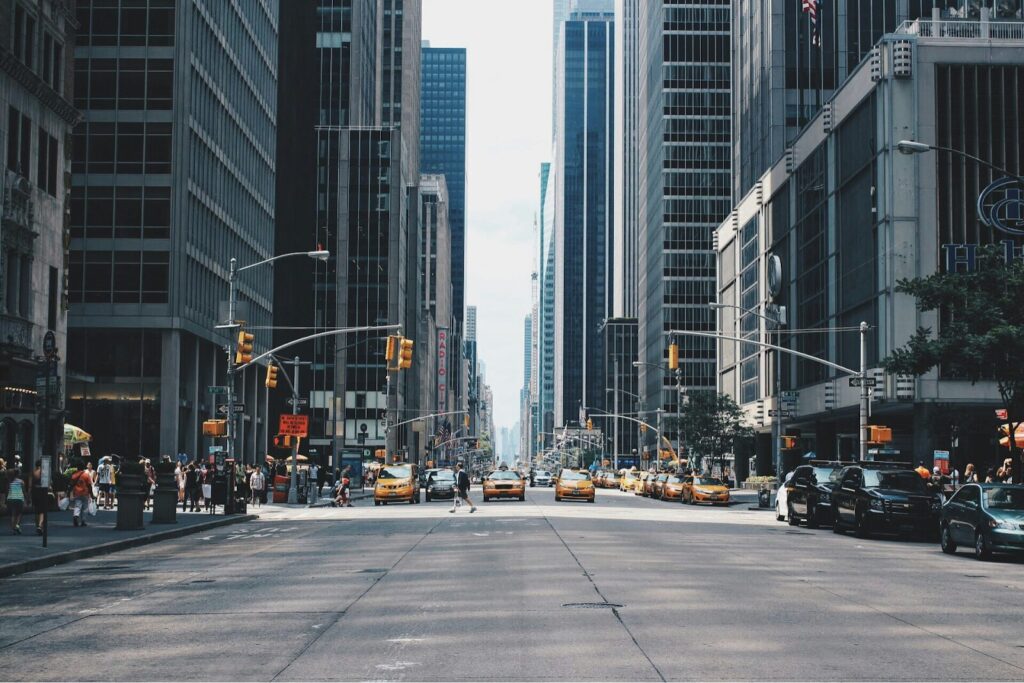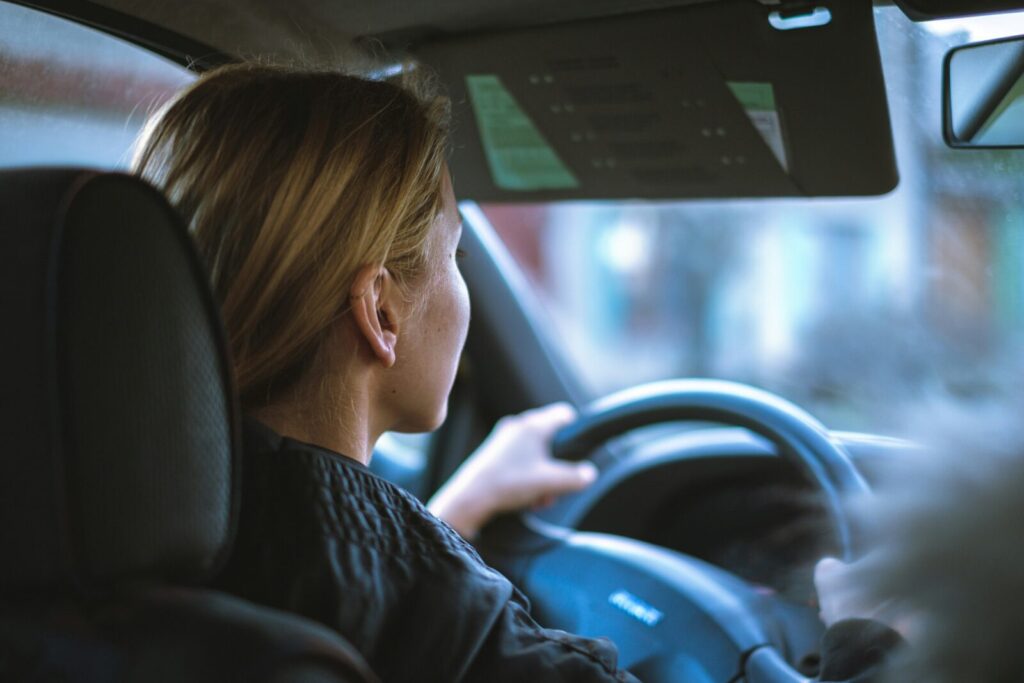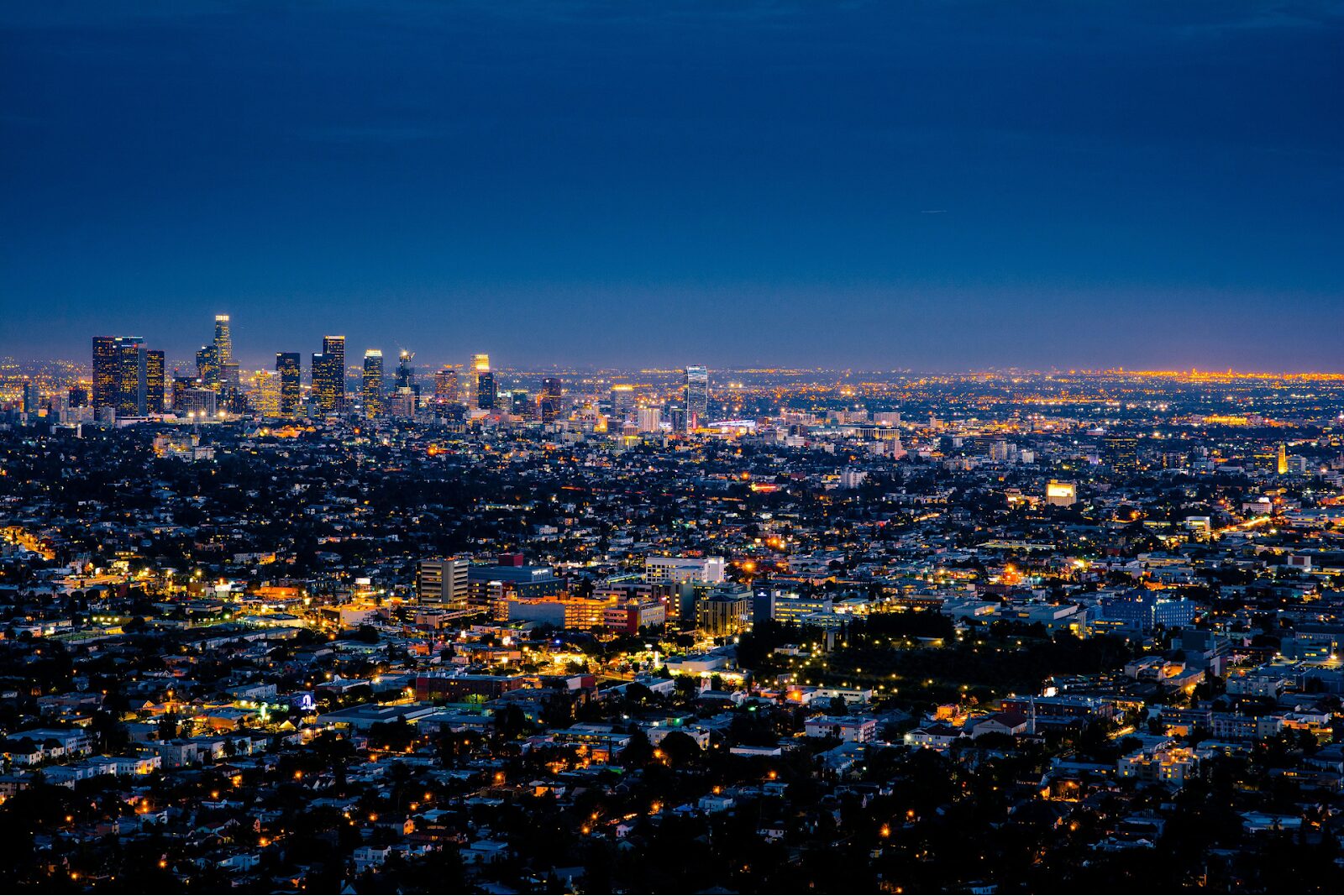Key Takeaways: AI-Powered Traffic Systems
- AI traffic control systems use real-time data, machine learning, and predictive analytics to improve traffic flow and road safety.
- Legacy traffic systems struggle with congestion, limited data, and inefficient traffic management; AI integration modernizes these systems without complete replacement.
- Preparing a city for AI involves strategic goal-setting, upgrading detection hardware, ensuring interoperability, training staff, and incorporating policy planning.
- Pilot testing and community engagement are critical for successful AI traffic system adoption and public acceptance.
- Benefits of AI-ready traffic systems include enhanced safety, improved traffic efficiency, smarter data utilization, reduced fuel consumption, and self-managing equipment.
- AI-powered systems support sustainability and long-term urban mobility goals by reducing emissions and optimizing traffic management.
As cities evolve, so must their traffic systems. AI-powered traffic control is transforming how intersections adapt, analyze, and respond in real time. By preparing today (upgrading data networks, integrating smart sensors, and building interoperability), municipalities can create safer, more efficient traffic systems ready for the next era of urban mobility.
AI-powered traffic systems are tools that cities implement to gain a competitive edge in traffic management and road safety. These traffic systems use AI for real-time data collection, machine learning, and data analysis. The capabilities of AI enable cities to access road safety optimization suggestions within just a couple of weeks of analysis.
AI-powered traffic control systems evolve alongside the city. It keeps pace with changes and offers suggestions whenever it sees an opening for improvement. Legacy systems aren’t equipped for this. Forward-thinking cities should consider using AI-powered traffic infrastructure to achieve increased traffic efficiency, enhanced safety, and reduced emissions.
The Current State of City Traffic Management
Old traffic control devices are referred to as “legacy systems.” They’re out-of-date, ill-equipped, and inefficient. Legacy systems are incapable of capturing live data, providing informed action items, and monitoring themselves for maintenance as modern systems do.
Currently, many cities struggle with congestion due to a lack of traffic flow information, disconnected traffic signals, and a lack of control over intersections. Smart cities are upgrading their current infrastructure with intelligent transportation systems.
City authorities should remember that it doesn’t take a massive overhaul. Miovision traffic solutions integrate seamlessly with most legacy systems. If your city is struggling with congestion, avoidable accidents, unsafe pedestrian environments, long commutes, and a lack of visibility, it’s time to upgrade to more advanced systems.

Key Capabilities of AI Traffic Control
AI traffic infrastructure has powerful capabilities that cities can easily take advantage of:
- Real-time adaptation using image detection
- Predictive analytics using traffic flow data
- Automation by collecting data independently, consolidating it, analyzing it, and providing actionable tips for road safety improvement
- Extra visibility through graphs, summaries, visuals, and more
Overall, AI traffic control provides cities with the insight and capability to manage road efficiency and safety better.
How to Prepare Your City for Intelligent Transportation Systems
These are the steps cities can take today to prepare their infrastructure and policies for the future. We’ll take you from data infrastructure and interoperability to workforce training and policy planning. As a city official, here’s what updating the city infrastructure can look like:
Outline the Goals
Begin by developing a strategic plan that aligns with your goals. Ask questions to create goals:
- What are the current struggles?
- What’s the goal?
- What are city residents saying about traffic and road safety?
- What does the current infrastructure look like?
For example, if a specific intersection is known for a particular type of accident, your goal can be to achieve Vision Zero at that intersection. Create a realistic goal with timelines for implementation.
Upgrade Detection Hardware and Data Infrastructure
One of the primary differences between legacy systems and AI-powered traffic control systems lies in their underlying technology. It’s essential to invest in smart technology for the best results. Miovision solutions integrate seamlessly with most legacy systems.
Connect cameras at intersections and watch the data compile in the associated platform. It’s essential to adopt platforms that support automation and interoperability, allowing intersections within the city to work together, and enabling traffic engineers to access relevant data to create safer roads.
Conduct Workforce Training
AI is a relatively new concept, and by its nature, it’s constantly evolving. That means users should be trained to use the systems and take refresher courses as the system advances. This ensures city officials and traffic management staff know how to operate these systems and use them to their full potential.
Test for Interoperability
Before launching a full-scale implementation, start with testing to outline optimal use.
- Run pilot programs and testing phases in a small area.
- Assess the effectiveness of the AI system and use this time to ensure everyone knows how to succeed in their roles.
- Gather feedback and make adjustments to inform the full-scale integration.
These solutions are meant to connect vehicles with roads and intersections, and vice versa. The testing phase should showcase increased interoperability.
Incorporate Policy Planning
AI-powered traffic systems use video footage and cameras. City officials should consider legality and ethics in their region. Develop policies that address privacy concerns related to AI in public spaces, ensuring compliance with applicable laws and regulations.
Additionally, consider implementing policies that address the location and use of new technology, including:
- How the technology will be used
- How residents can become informed
- What role technology will play in traffic improvement
Include People in the City
These upgrades are intended to keep people safer. With them in mind, engage with the community and raise public awareness of the changes.
Involve the community in the planning process to identify common pain points that people experience on the road. Educate the public on the benefits and changes brought by AI traffic systems so they can get on board.
Aim for Sustainability
Lastly, develop measures for success and what needs to happen for continuous improvement. However, AI systems will handle most of that. Find out what’s necessary for your city to thrive. Use Miovision Traffic Detection and Management to identify where traffic is likely to be and how to improve it.

5 Benefits of AI-Readiness
AI-ready traffic systems deliver real, measurable benefits for cities. From safer streets to smoother commutes and smarter infrastructure, these systems transform how traffic flows.
1. Enhanced Safety
AI benefits traffic safety. Cities that have implemented AI traffic systems see safer streets. This software can optimize traffic flow for multimodal commutes, keeping everyone, from pedestrians to motorists and cyclists, safer.
2. Improved Traffic Efficiency
Traffic management creates a smoother flow by reducing congestion. This leads to faster commutes, lower wait times, and happier residents.
3. Better Data Use
AI technology enables the more effective use of data without compromising security. More data is collected, and from that data, the technology produces helpful tips, visuals, and summaries.
4. Less Fuel Consumption
Cities with sustainability and the environment in mind will be pleased to know that using AI traffic systems leads to reduced emissions, as there’s less idling and shorter commutes.
5. Smarter Equipment
AI technology is built to be smarter than legacy systems. It tracks its own maintenance needs, solves problems on its own, and requires hands-on intervention when necessary. It handles the majority of the work on its own, allowing you to focus on other issues.

AI-Traffic System FAQs
What is an AI-powered traffic control system?
An AI-powered traffic system uses real-time data and machine learning to optimize signal timing, reduce congestion, and improve road safety automatically.
How can cities prepare their existing traffic systems for AI integration?
Cities can begin by upgrading their detection hardware, enhancing data connectivity, and implementing platforms that support automation and interoperability.
What are the main benefits of AI in traffic systems?
AI enhances traffic flow, reduces delays, improves emergency response, and enables predictive maintenance, saving time and resources for cities.
Can AI work with legacy traffic systems?
Yes. Many AI traffic solutions, including Miovision’s, integrate with existing infrastructure to modernize operations without complete system replacement.
Modernize Your City with Miovision Traffic Systems
Miovision is helping cities worldwide modernize their traffic systems. We can help you transition from a traditional traffic system to AI-powered, connected networks.
The powers of AI in traffic management are here; it’s time for you to leverage them. Embrace innovative traffic solutions for future growth and safety. Let’s move.



